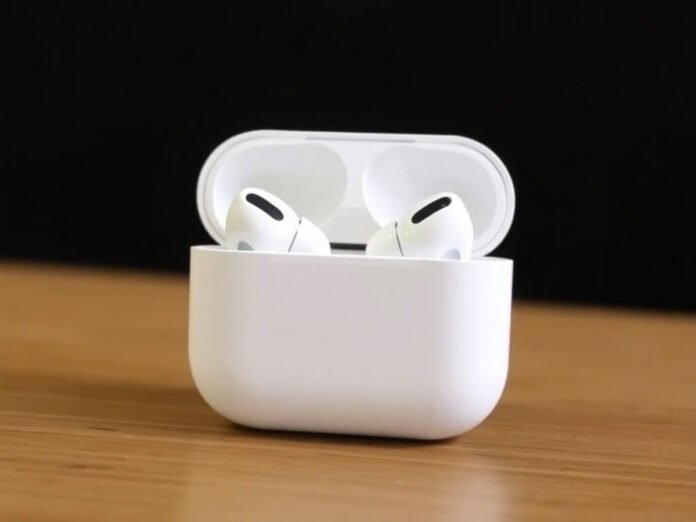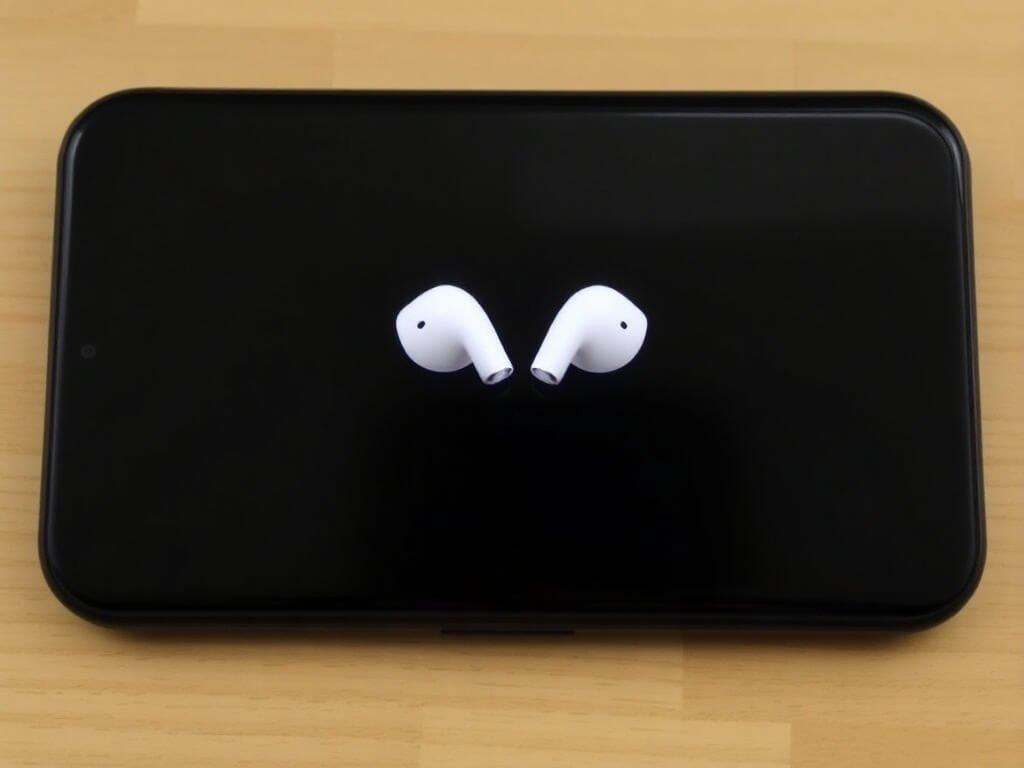AirPods have become a staple in the world of wireless audio. AirPods are incredibly convenient whether you’re using them for music, calls, or work-related tasks. However, like any technology, they can sometimes experience issues that require a reset. Knowing how to reset AirPods is a valuable skill that can help you troubleshoot common problems, such as connectivity issues, pairing problems, and malfunctioning features.
In this guide, we will walk you through the step-by-step process of resetting your AirPods. We’ll cover various scenarios, including how to reset AirPods Pro, AirPods (2nd generation), and AirPods Max, along with troubleshooting tips and recommendations.
Why You Might Need to Reset AirPods
Before diving into the steps, it’s essential to understand why you might need to reset your AirPods in the first place. Some common reasons include:
- Connection Issues: If your AirPods aren’t connecting to your Device or keep disconnecting unexpectedly, resetting them can often resolve the issue.
- Audio Problems: If you’re experiencing sound distortion, no sound, or uneven audio levels, resetting the AirPods may fix the problem.
- Battery Drain: Sometimes, AirPods may drain their battery unusually fast. A reset could help with battery-related issues.
- Pairing Issues: If your AirPods aren’t pairing with your Device, resetting them can often break the pairing cycle and allow you to start fresh.
- Software Glitches: Software bugs can affect your AirPods’ performance, and resetting them can help restore functionality.
- Touch Controls Not Working: If the touch controls on your AirPods (like adjusting the volume or playing music) stop responding, a reset might help.
Now that you understand why you might need to reset your AirPods, let’s examine the steps involved in doing so.
How to Reset AirPods: A Step-by-Step Guide
Step 1: Unpair Your AirPods from Your Device
The first step in resetting your AirPods is to unpair them from your Device (iPhone, iPad, Mac, etc.). This ensures that your AirPods will no longer be connected to any device and allows you to start fresh.
On iPhone or iPad:
- Open the Settings App on your iPhone or iPad.
- Tap Bluetooth to open the Bluetooth menu.
- Find your AirPods in the list of devices and tap the “i” icon next to them.
- Tap Forget This Device, then confirm your choice by tapping Forget Device again.
On Mac:
- Click on the Apple logo in the top-left corner and select System Preferences.
- Choose Bluetooth from the list of options.
- Locate your AirPods in the list of paired devices.
- Right-click on your AirPods and select Remove or Forget Device.
Once your AirPods are unpaired, you can proceed with the reset process.
Step 2: Reset Your AirPods
Now that your AirPods are no longer paired, you should reset them. The process varies depending on the type of AirPods you have.
For AirPods (1st and 2nd Generation):
- Place your AirPods in the Charging Case and keep the lid open.
- Find the small button on the back of the charging case.
- Press and hold the button for about 15 seconds until the LED light on the front of the case flashes amber and then white. This indicates that your AirPods have been reset to factory settings.
- Release the button once the LED flashes white, which means the reset is complete.
For AirPods Pro (1st and 2nd Generation):
- Put your AirPods in the Charging Case, ensuring the lid is open.
- Hold the setup button on the back of the case for around 15 seconds.
- Watch for the status light on the front of the case to flash amber and then white, indicating that the reset has been successful.
For AirPods Max:
- Ensure that your AirPods Max is turned off. If they are on, press and hold the Noise Control button and the Digital Crown for about 15 seconds.
- The status light on your AirPods Max will flash amber and then white, signalling that they have been reset.
Once the reset is complete, your AirPods will be restored to their factory settings.
Step 3: Re-pair Your AirPods with Your Device
After resetting your AirPods, you can re-pair them with your iPhone, iPad, Mac, or any other Bluetooth-enabled device. Follow these steps:
On iPhone or iPad:
- Open the lid of your AirPods case (with your AirPods inside).
- Hold the case close to your iPhone or iPad.
- A setup animation should appear on your Device’s screen. Tap Connect.
- Follow the on-screen instructions to complete the pairing process.
On Mac:
- Click on the Apple menu and select System Preferences.
- Go to Bluetooth.
- Ensure your AirPods case is open, and hold it near your Mac.
- When your AirPods appear in the Bluetooth menu, click Connect.
On Android:
- Open the Bluetooth menu on your Android device.
- Place your AirPods in pairing mode by holding the setup button on the back of the case until the LED flashes white.
- Select your AirPods from the available devices list to pair.
Troubleshooting Common Issues After Resetting AirPods
Even after resetting your AirPods, you might encounter issues. Here are some common problems and their solutions:
- AirPods Not Pairing with iPhone or iPad
- Check Bluetooth Settings: Ensure that Bluetooth is enabled on your Device.
- Restart Your Device: Restarting your iPhone or iPad can help resolve connection issues.
- Update iOS: If you’re using an outdated version of iOS, it may cause problems with pairing. Make sure your Device is running the latest software.
- AirPods Not Charging Properly
- Check the Charging Cable: Inspect the Lightning cable and power source for any issues.
- Clean the Charging Port: Dirt or debris in the charging case’s port can interfere with charging. Use a soft cloth or brush to clean it gently.
- Reset Again: If charging issues persist, try resetting your AirPods again.
- Sound Quality Issues
- Check Audio Source: Make sure the audio source is not the problem by testing with different apps or devices.
- Volume Levels: Check that the volume on both the AirPods and your connected Device is set correctly.
- Reset Again: A reset can sometimes resolve audio glitches.
- AirPods Not Turning On
- Charge AirPods: Ensure your AirPods have enough charge by placing them in the charging case for at least 15 minutes.
- Try a Reset: If your AirPods are still not turning on, perform a reset as detailed above.
How to Avoid Having to Reset AirPods Frequently
Resetting your AirPods is a valuable solution for troubleshooting, but it’s not something you should do regularly. Here are some tips for preventing issues that could require a reset:
- Keep AirPods Clean: Regularly clean your AirPods and charging case to avoid dirt and grime from affecting their performance.
- Keep Your AirPods Updated: Regularly check for firmware updates for your AirPods through the Settings > General > About > AirPods on your iPhone.
- Avoid Water Damage: While AirPods Pro is sweat and water-resistant, they are not waterproof. Avoid using them in situations where they may be exposed to excessive moisture.
- Proper Storage: Store your AirPods in a safe, dry place when not in use. Keeping them in their case ensures they stay charged and protected.
Conclusion
Knowing how to reset AirPods is essential for troubleshooting common issues such as connection problems, audio glitches, and unresponsiveness. Whether you have AirPods (1st or 2nd generation), AirPods Pro, or AirPods Max, the reset process is quick and easy.
Remember that while resetting can resolve many issues, it’s also essential to maintain your AirPods by cleaning them regularly, keeping them updated, and storing them properly. By following these tips, you can ensure that your AirPods continue to provide optimal performance for years to come.
If you’ve followed the reset instructions and are still experiencing issues, it may be time to contact Apple Support for further assistance. You can often get your AirPods back to working like new with a few simple steps!
you may also read: Find Out Your Name with ‘What’s My Name?’ App

